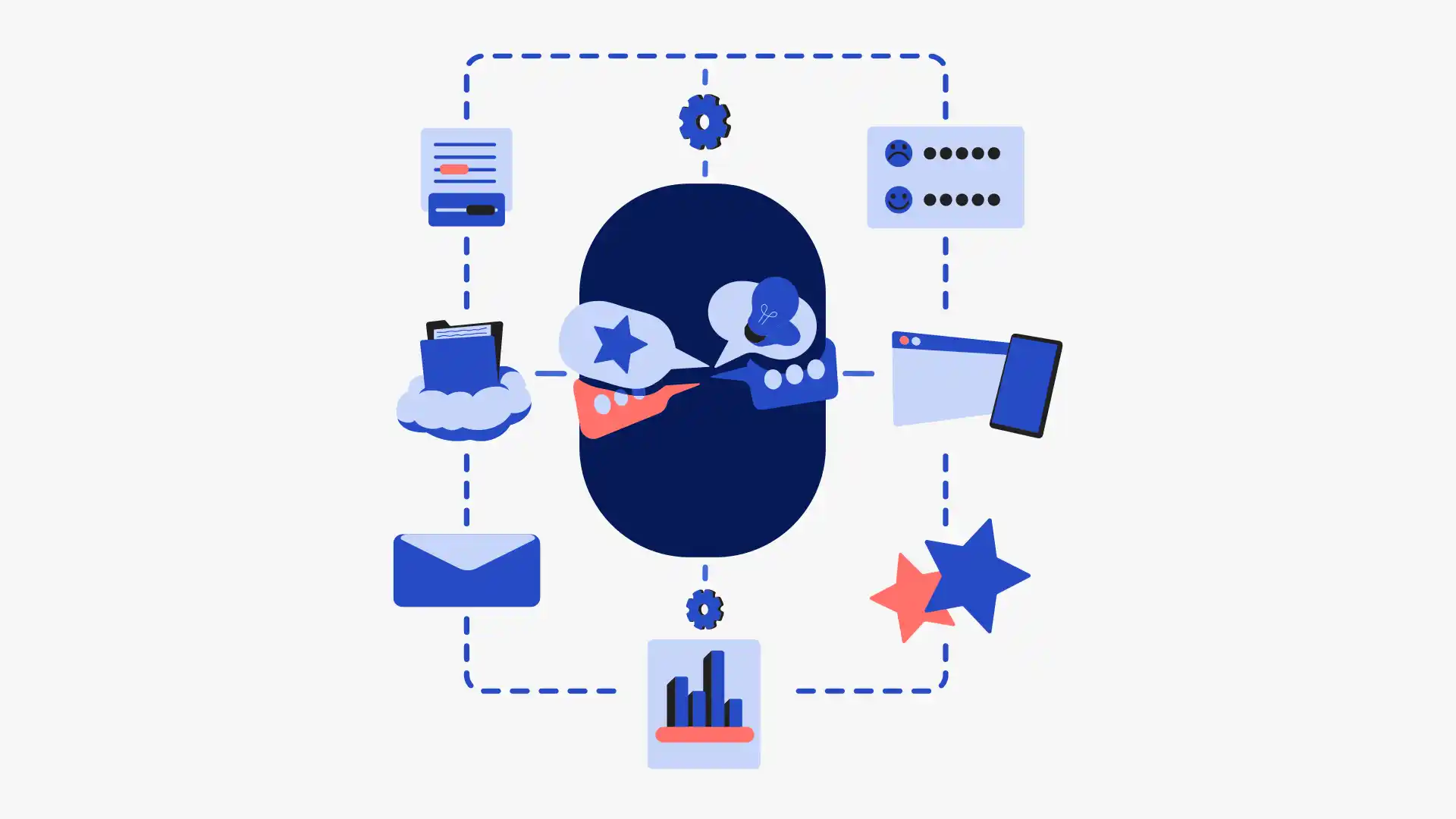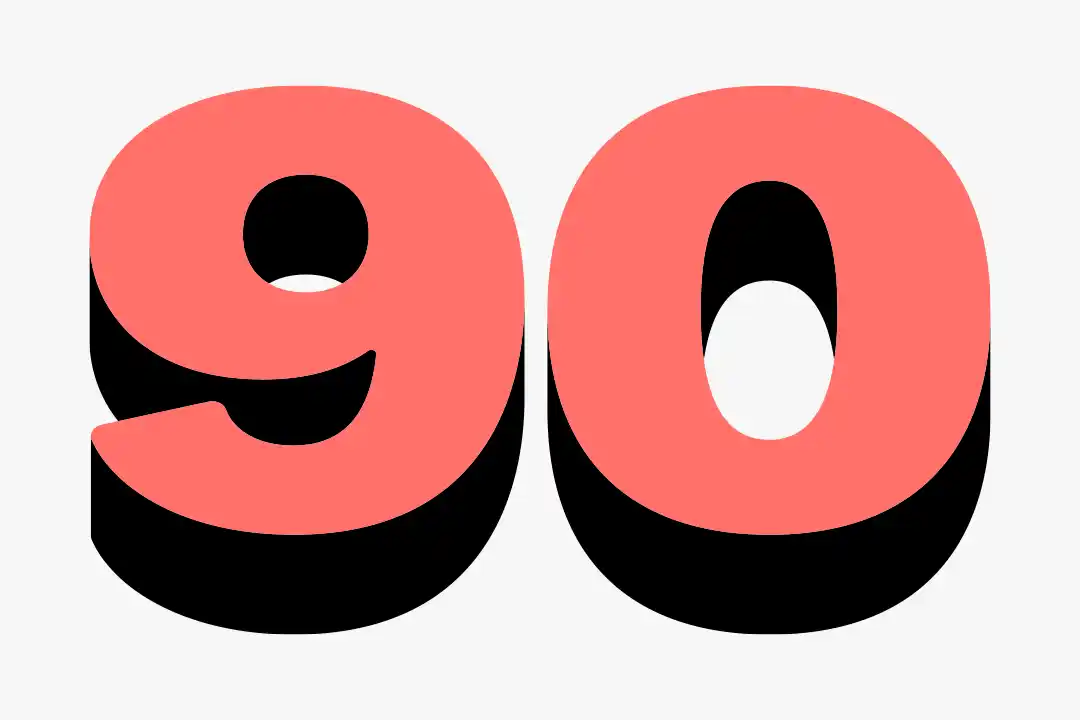Worklife trends 2024
The world of work is in a constant state of flux, with each passing year bringing about new trends and innovations that shape the way we work, interact and live. From the integration of Virtual reality to a shorter workweek and the continued impact of the pandemic, here are the work-life trends you need to know about.

Worklife trends 2024
The world of work is in a constant state of flux, with each passing year bringing about new trends and innovations that shape the way we work, interact and live. From the integration of Virtual reality to a shorter workweek and the continued impact of the pandemic, here are the work-life trends you need to know about.
Global and remote talent acquisition
Companies are increasingly open to hiring remote talent from anywhere in the world. This trend is leading to more diverse and geographically dispersed teams, enriching the talent pool and promoting innovation through diverse perspectives.
AI-powered productivity tools
Artificial intelligence and automation continue to be integrated in the workplace, assisting with tasks such as data analysis, customer support and scheduling. These AI-powered productivity tools enhance overall efficiency, allowing employees to focus on higher-value tasks that require creativity and critical thinking.

90% of people believe it matters how we feel at work.

90% of people believe it matters how we feel at work.
90% of people believe it matters how we feel at work, according to Indeed research. 49% feel their organisation is focused on measuring and improving well-being. Mental health support at work has taken on even greater significance, with companies offering a wider range of mental health resources and destigmatising discussions about mental well-being. As employees face ongoing challenges, fostering a supportive and understanding workplace is essential to maintaining productivity and employee morale.
Four days of work a week is achieved by eliminating non-productive activities.


Four days of work a week is achieved by eliminating non-productive activities.
A global shift to four days of work
The concept of a four-day workweek is gaining momentum worldwide. Trials have taken place in various countries, including the UK, Belgium, Sweden and Iceland. In 2023, this trend will extend to the US, Scotland, Ireland, Canada and New Zealand.
In the UK, a remarkable 86% of participating companies expressed interest in adopting a permanent four-day workweek policy. Employees are expected to maintain their workload while enjoying an extra day off.
This reduction in working hours is achieved by eliminating non-productive activities, agreed upon in consultation with employees and their supervisors. The four-day workweek promises improved work-life balance and increased employee satisfaction.
Hybrid work models: The new normal
The enduring effects of the pandemic have led to the widespread adoption of hybrid work models, in which employees split their time between remote and in-office work. However, this model presents challenges in scheduling and internal communication, necessitating advanced VR and digital tools to enhance corporate communication for remote employees.
Companies are investing in technologies to bridge the gap between remote and in-office workers, ensuring seamless collaboration and communication. This shift is likely to persist as organisations prioritise flexibility and adaptability in their workforce strategies.
58% of American workers had the opportunity to work from home in 2022.
48% of the workforce will continue to work remotely or in a hybrid fashion, says a survey from Omdia.
58% of Omdia’s survey respondents believe work-from-home has increased productivity.
0% of Tesla’s employees are allowed to work remotely.

New trends and innovations shape the way we work, interact and live.

New trends and innovations shape the way we work, interact and live.
“Quiet hire” and continuous learning
Lifelong learning has become a cornerstone of corporate culture as employees regularly upskill and reskill to stay competitive in a rapidly evolving job market. In 2023, forward-thinking organisations are embracing the concept of “quiet hiring” as a way to acquire new skills and capabilities without adding new full-time employees.
This involves encouraging internal talent mobility, offering specific upskilling opportunities, and leveraging alternate methods like alumni networks and gig workers to fulfil high-priority tasks when a new headcount isn’t feasible. By maximising existing talent and nurturing their growth, companies can remain agile in a dynamic job landscape.
982 billion USD (approximately) is the expected value of the AI recruitment market by 2029. 6.8% is the annual growth rate. As AI plays a more significant role in recruiting, ethical concerns are gaining prominence. Governments are scrutinising AI’s use in hiring, leading organisations to be more transparent about their AI practices, disclose audit data, and offer candidates the option to opt out of AI-led processes. This push for transparency ensures fairness and equity in the hiring process.
VR-developments signal a new era in remote work and collaboration.


VR-developments signal a new era in remote work and collaboration.
VR for work: Connecting in the Metaverse
Virtual reality (VR) is taking the corporate world by storm. Unlike traditional video conferencing, VR allows employees to inhabit the same virtual space and manipulate reality data in real-time, creating an unparalleled level of global connectivity. This technology is set to reshape the future of our digital experiences.
In practice, VR is being used across various industries. NASA and armed forces are utilising VR for training, reducing risks and costs. Retail giant Walmart leverages virtual simulations to prepare employees for high-pressure events like Black Friday. Meta is actively promoting VR experiences aimed at enhancing workplace inclusion.
Meta has introduced Horizon Workrooms, a virtual working environment that facilitates collaboration. Nvidia’s Omniverse is being marketed as a metaverse platform, and Microsoft’s Mesh adds avatars and mixed reality capabilities to Microsoft Teams. These developments signal a new era in remote work and collaboration.
[Sassy_Social_Share]